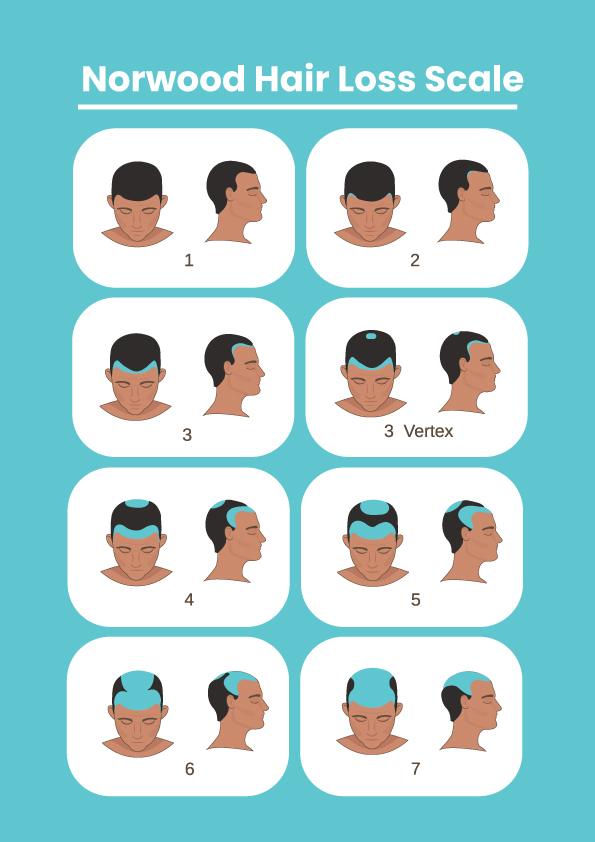If you’re considering a hair transplant, one of the most crucial questions is: How many hair grafts do I need? The number of hair grafts required for your procedure is dependent on various factors, including your hair loss pattern, the desired density, and the area of the scalp that needs coverage. In this guide, we will discuss the number of grafts commonly required for different types of hair loss, with a focus on the Norwood Scale, which is used to assess male pattern baldness.
What Are Hair Grafts?
A hair graft is a unit of skin that contains one or more hair follicles, which are transplanted from a donor area (usually the back of the head) to the recipient area (where the hair is thinning or missing). Each hair graft can contain anywhere from one to four hair follicles. The number of grafts needed for your hair transplant depends on your hair loss pattern, the size of the recipient area, and the type of procedure you’re undergoing (such as FUE Hair Transplant or DHI Hair Transplant).
Types of hair grafts
- Single Hair Graft: Typically used for creating a natural hairline, these grafts contain just one hair follicle.
- Double/Triple Hair Grafts: These grafts contain 2-3 follicles, commonly used to achieve fuller coverage in areas like the crown or mid-scalp.
- Follicular Unit Grafts: Naturally occurring groups of 1-4 hairs, these are typically used in more advanced hair transplant techniques like FUE and DHI.
Understanding the number of grafts you will need involves knowing the extent of your hair loss and the specific areas that require treatment.
The Norwood Scale: Assessing Your Hair Loss
The Norwood Scale is a classification system used by doctors to assess and measure male pattern baldness. It helps determine how much hair loss has occurred and what the pattern of hair loss looks like. This scale is crucial for determining how many hair grafts are needed for a successful hair transplant. The scale ranges from Stage 1 to Stage 7, with Stage 1 being minimal hair loss and Stage 7 representing the most advanced form of baldness.
Grafts Needed For Norwood Scales
Norwood Stage 1 (0-1000 Grafts)
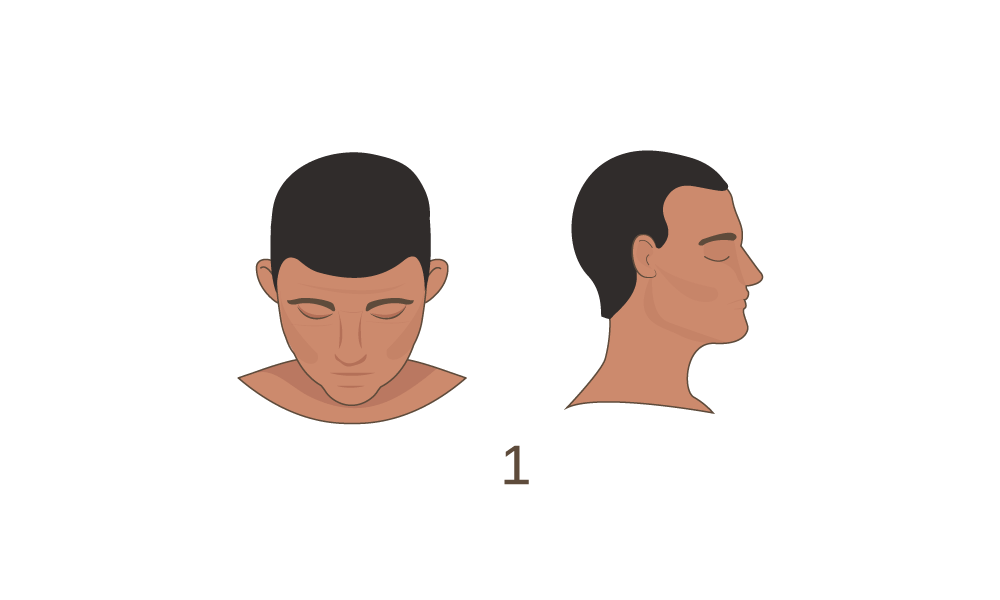
Norwood 1: Minimal or no hair loss. Typically, low to no hair grafts are needed at this stage unless there is a subtle receding of the hairline.
1000 Grafts Hair Transplant:
This is often ideal for patients with minor hair loss or for those who simply wish to improve their hairline. It’s a relatively quick procedure with minimal downtime.
- Price: $1,000 – $1,200
- Best for: Minor receding hairlines, subtle improvements.
Norwood Stage 2 (1000-1500 Grafts)
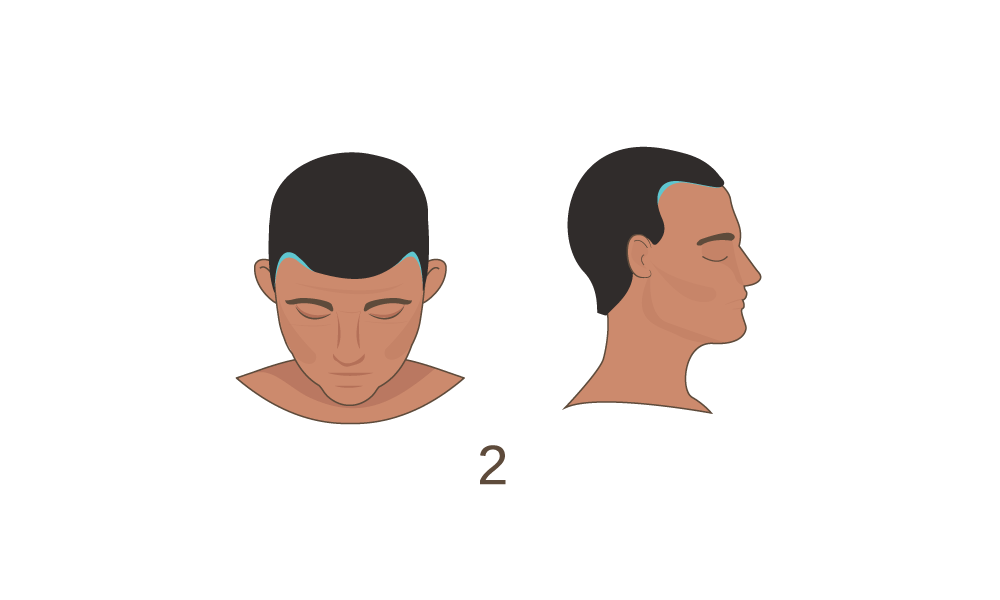
Norwood 2: Receding hairline, typically around the temples. Patients in this stage may need around 1000-1500 grafts.
1500 Grafts Hair Transplant:
This is a common choice for patients experiencing mild to moderate hair loss, particularly in the temple or frontal area. It offers a good balance between coverage and affordability.
- Price: $1,200 – $1,400
- Best for: Mild to moderate frontal hairline balding.
Norwood Stage 3 (1500-2000 Grafts)
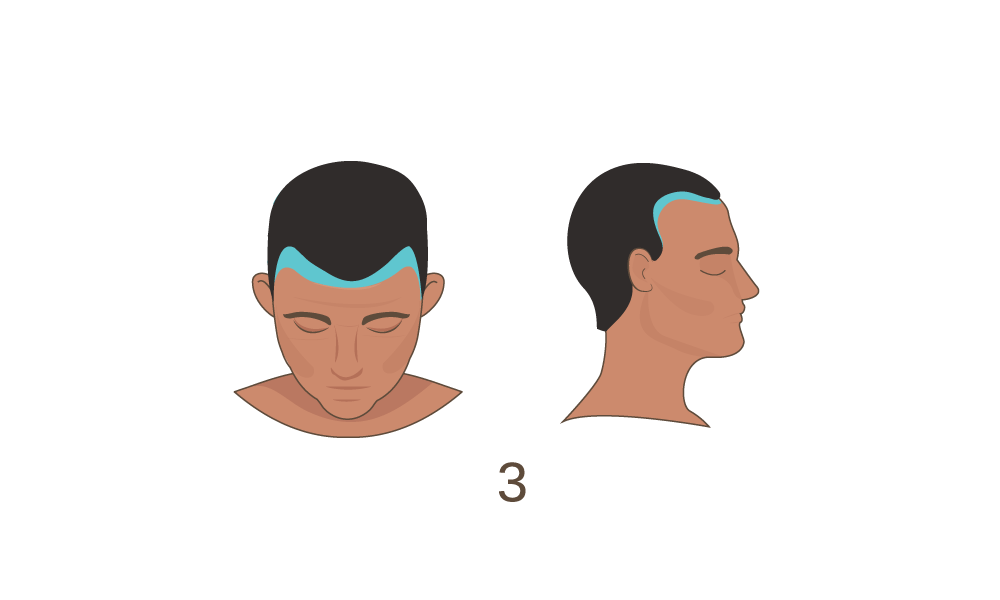
Norwood 3: Noticeable recession of the hairline with thinning at the temples. Generally requires between 1500 to 2000 hair grafts for improvement.
2000 Grafts Hair Transplant:
For those dealing with moderate hair loss, especially at the crown or frontal zone, 2000 grafts are typically sufficient for achieving noticeable density.
- Price: $1,400 – $1,600
- Best for: Front balding or areas needing moderate density.
Norwood Stage 3 - Vertex (2000-2500 Grafts)
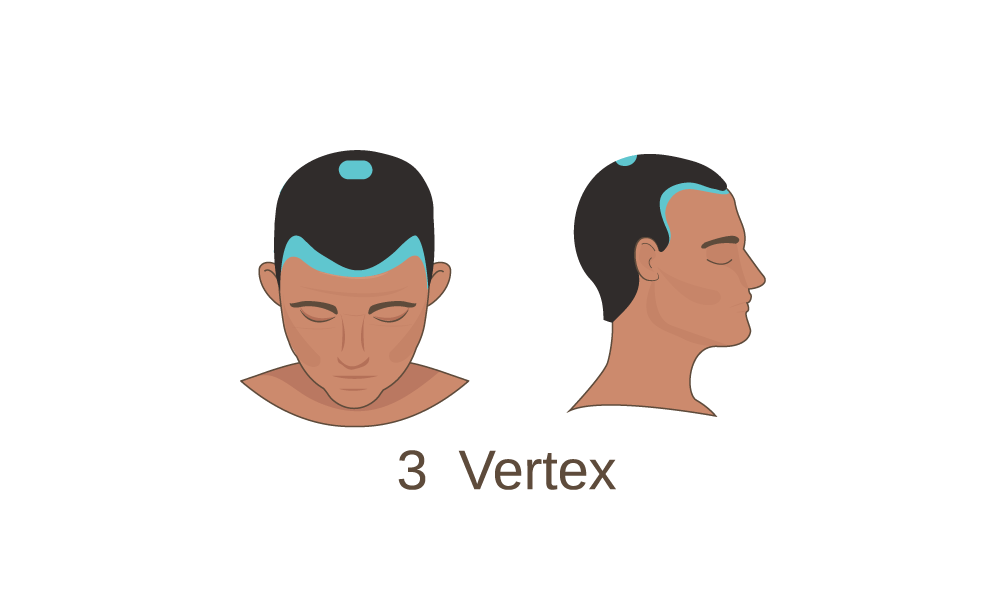
Norwood 3 – Vertex: Addition to noticeable recession of the hairline, some people face significant hair loss on the crown area as well. This area tends to need an extra 500 to 1000 grafts. This type of hair loss can be cured with between 2000 to 2500 hair grafts.
2500 Grafts Hair Transplant:
A suitable choice for patients with more extensive hair thinning, particularly in the frontal and mid-scalp regions.
- Price: $1,600 – $1,800
- Best for: Frontal and mid-scalp coverage.
Norwood Stage 4 (2500-3000 Grafts)
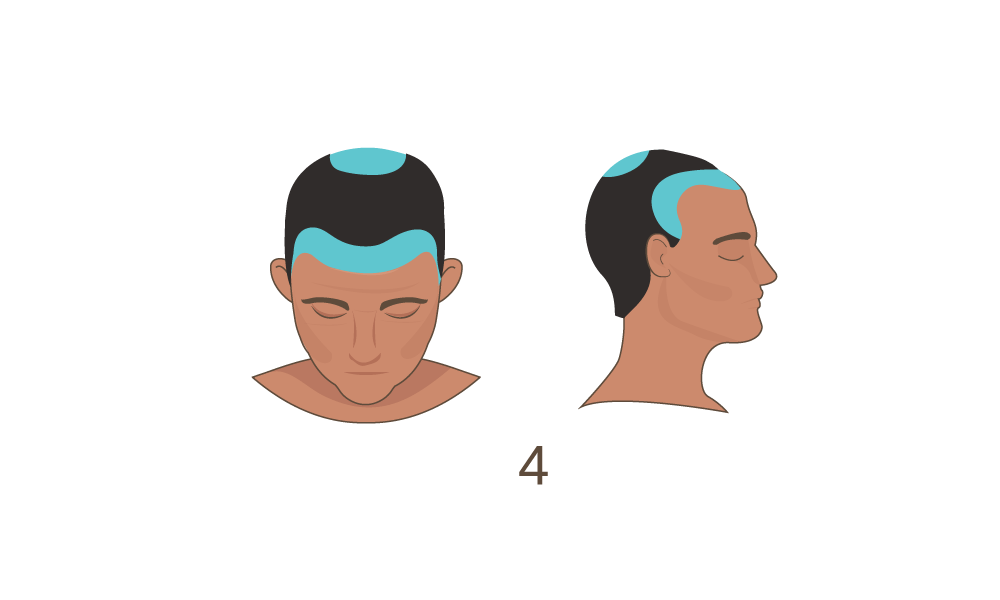
Norwood 4: Thinning at the crown and receding hairline. A hair transplant of about 2500-3000 grafts is often necessary to restore a natural look.
3000 Grafts Hair Transplant:
If you’re facing more pronounced balding, especially at the crown, 3000 grafts can offer a fuller, more youthful appearance.
- Price: $1,700 – $1,900
- Best for: Moderate balding on the crown and frontal zones.
Norwood Stage 5 (3000-4000 Grafts)
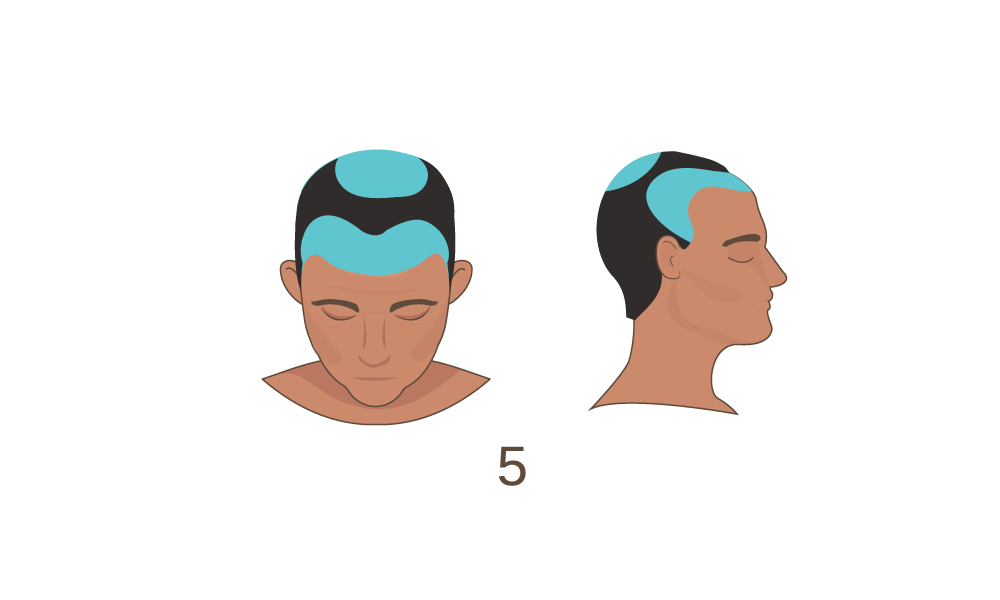
Norwood 5: Significant hair loss at the crown and hairline. A FUE Hair Transplant with approximately 3000-4000 grafts may be needed for fuller coverage.
4000 Grafts Hair Transplant:
This is ideal for those with more severe hair loss, providing full coverage across the front, mid-scalp, and crown areas.
- Price: $2,000 – $2,300
- Best for: Severe hair loss (Norwood 5).
Norwood Stage 6 (4000-5000 Grafts)
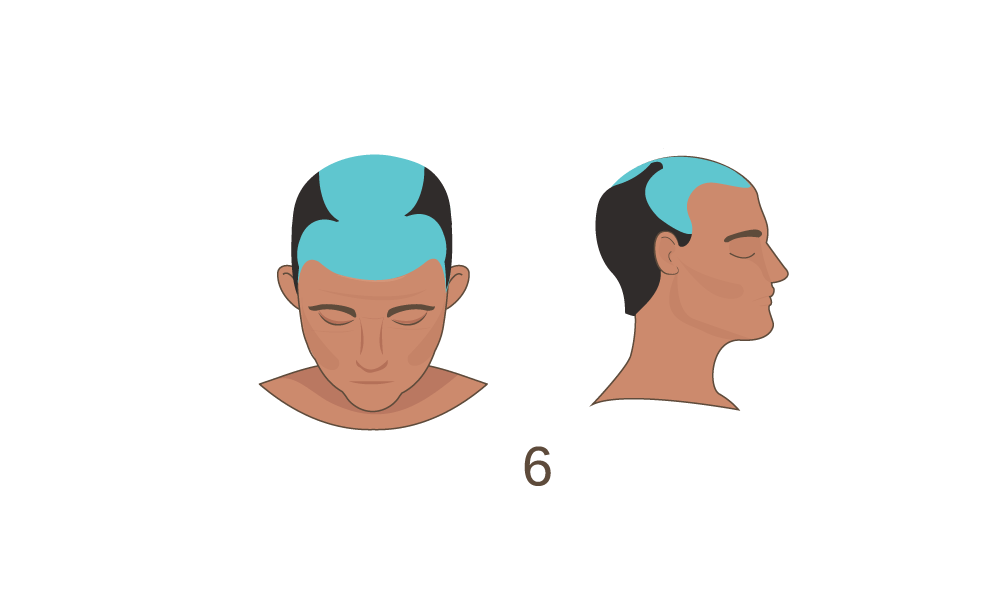
Norwood 6: Extensive hair loss, including the crown and temples. Typically, 4000-5000 grafts are required.
5000 Grafts Hair Transplant:
A comprehensive approach for patients with significant hair loss in most areas of the scalp. This requires advanced techniques, including Sapphire Hair Transplant or Ice FUE Hair Transplant.
- Price: $2,300 – $2,600
- Best for: Severe balding with extensive coverage needs.
Norwood Stage 7 (6000-7000 Grafts)
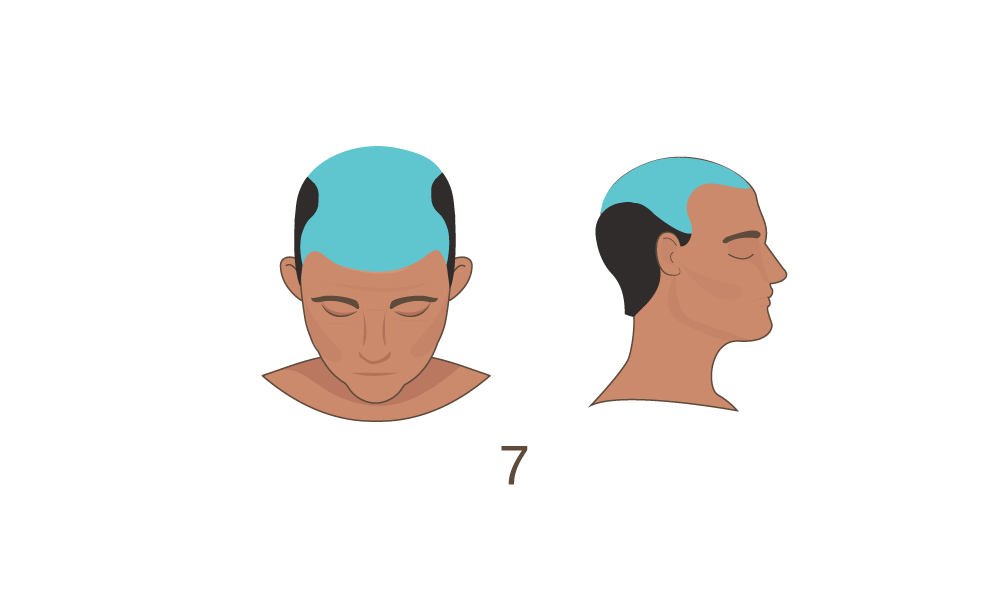
Norwood 7: The most severe form of male pattern baldness, where only a thin strip of hair remains. At this stage, 6000 to 7000 grafts may be necessary for a significant transformation.
6000-7000 Grafts Hair Transplant:
These high graft numbers are typically required for individuals with Norwood 6 or 7 hair loss, offering near-total restoration of hair density.
- Price: $2,600 – $3,200
- Best for: Extensive hair loss with near-complete restoration.
How to Choose the Right Hair Graft Number for Your Needs
While the Norwood Scale provides a general guideline, the exact number of hair grafts you’ll need depends on several factors, including:
- Hair type: For example, Afro hair transplant patients may need more grafts because of the curliness of their hair, which requires a higher density.
- Desired density: Some patients may prefer a fuller look, while others may opt for a more natural appearance with fewer grafts.
- Scalp characteristics: If you have a large scalp area or diffuse thinning, you may need more grafts.
- Hair characteristics: People with fine hair may need more grafts to achieve the same volume as someone with thicker hair.
Consulting with a specialist at a clinic like Emoria Hair Clinic will give you a more accurate estimation based on your specific needs.
Determining the number of hair grafts you need for your hair transplant is a critical aspect of the treatment process. By understanding your Norwood Scale classification and discussing your goals with an experienced surgeon, you can achieve the most natural, satisfying results. Whether you’re interested in a DHI Hair Transplant, Sapphire FUE, or another technique, the right number of hair grafts will help ensure a successful procedure that meets your expectations.
References
Norwood, O. T. (1975). Male pattern baldness: classification and incidence. Stem Southern Medical Journal, 68(11).
Rogers, N. E., & Avram, M. R. (2008). Medical treatments for male and female pattern hair loss. Journal of the American Academy of Dermatology, 59(4).
Hoffmann, R. (2004). Trichoscopy: a new method for the diagnosis of hair loss. Dermatology,209(3).
A typical hair transplant procedure can take between 4 to 8 hours, depending on the number of hair grafts being transplanted.
It’s generally advised to avoid wearing tight hats immediately after the procedure to prevent irritation and ensure proper healing.
Initial hair growth typically starts around 3 to 6 months after the procedure, with full results visible after 12 to 18 months.

